December 2020 – Karigane from Kyoto
This month we selected a Karigane (雁ヶ音) from the region of Uji (宇治), and neighbor regions, in the prefecture of Kyōto (京都).

Karigane
Teas made of stems, stalks, and twigs are traditionally called Kukicha (茎茶) in Japanese, which literally means "twig tea". In the region of Kyoto they are traditionally called Karigane (雁ヶ音). However recently the name Karigane is beeing used in more and more regions, because the sound of Karigane is pleasing to the ear, and the word Karigane (雁ヶ音) is poetic visually. For more details, you can read the blogposts of March 2016 and of June 2018.
As it is literally a tea made of stems, stalks, and twigs, we do not of course use tea leaves, but you should not underestimate this tea. It is said that tea twigs and stalks are sweeter, more delectable, and have more Umami elements (“delectable taste”, one of five basic tastes with sweet, salty, sour and bitter) than tea leaves. In addition, twig teas contain little catechin compared to teas made of tea leaves. Therefore, it barely has any bitterness, but we can taste the freshness from the stems of harbaceous flavor. That means it is a green tea easy to drink for everyone.
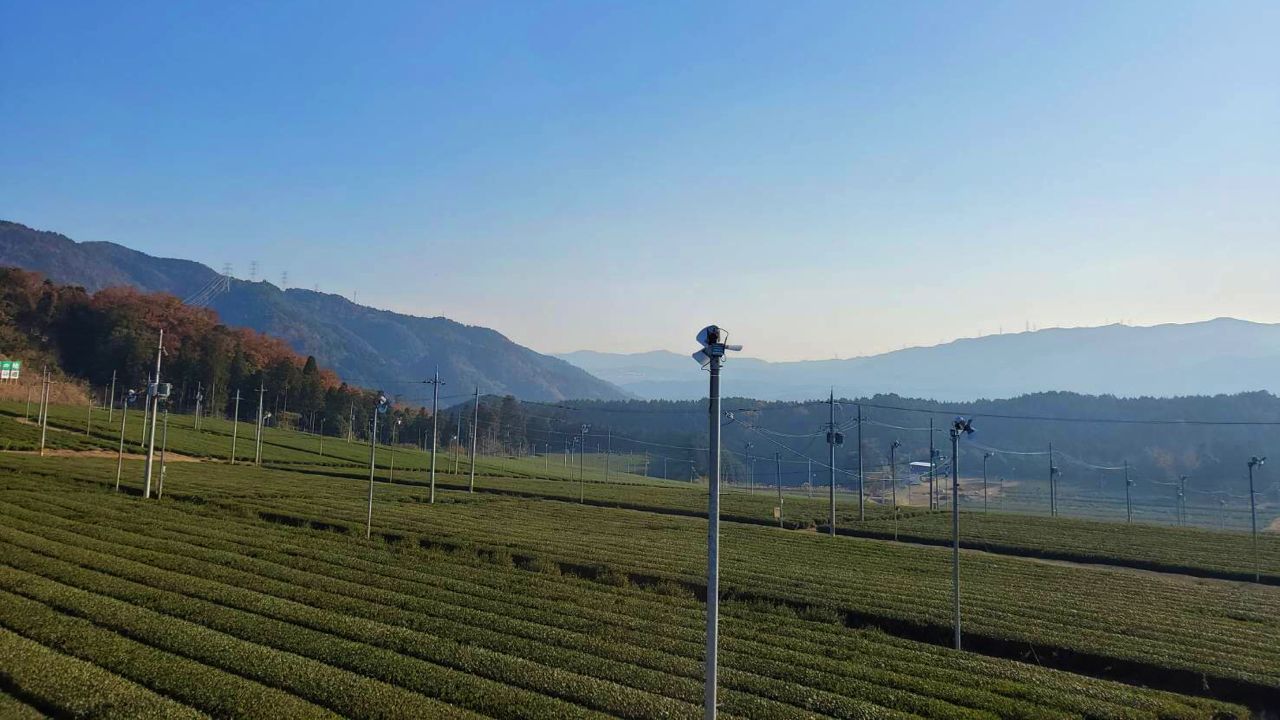
Here are some pictures of tea fields which one of my friends kindly took for Tomotcha. She lives very close to the town of Uji, called Ujitawara (宇治田原) where there are a lot of tea plantations. People in this area also make tea, and sell them to the shops in Uji or in the other regions in order to make blended tea. This Karigane is also made by mixing stalks from Ujitawara with stalks harvested in other areas of Uji. We will present you one day a tea made in Ujitawara.
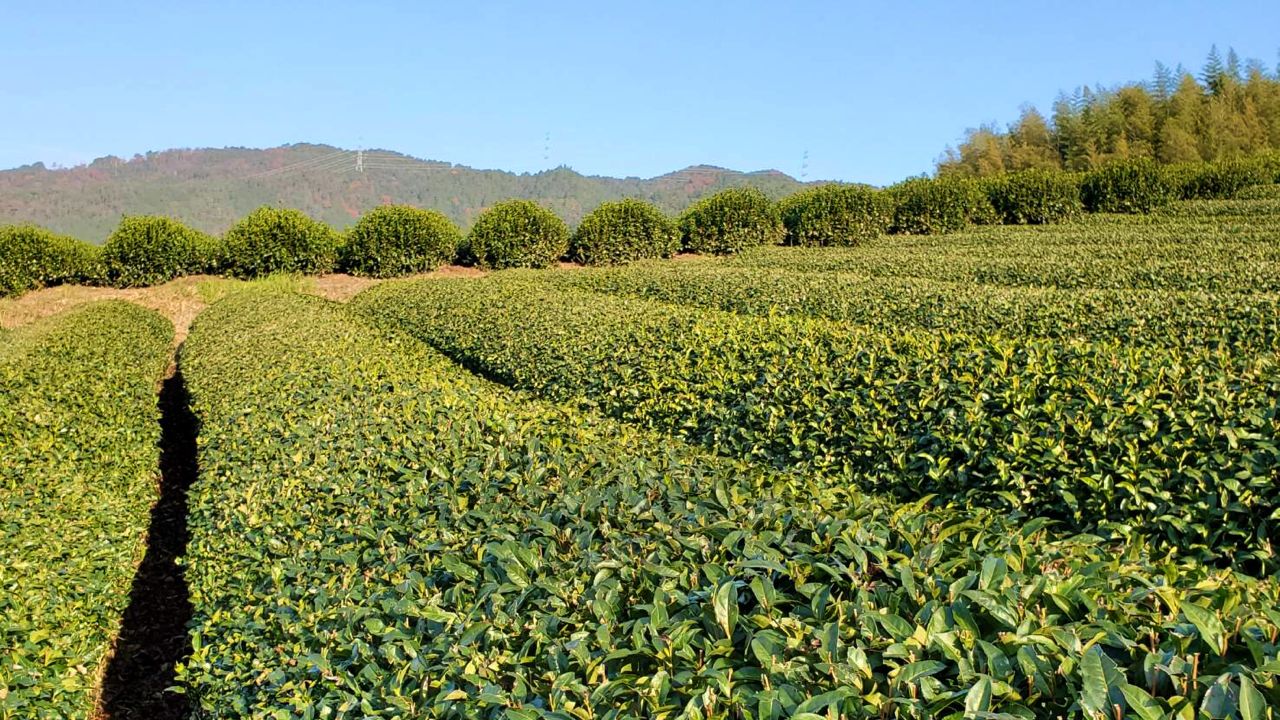
We are now in winter and tea fields lie fallow. That’s why the landscapes seem to be sad and calm after the last harvest. However we can see small flowers of tea which are now at their peak between autumn and winter. They bloom shyly and modestly.
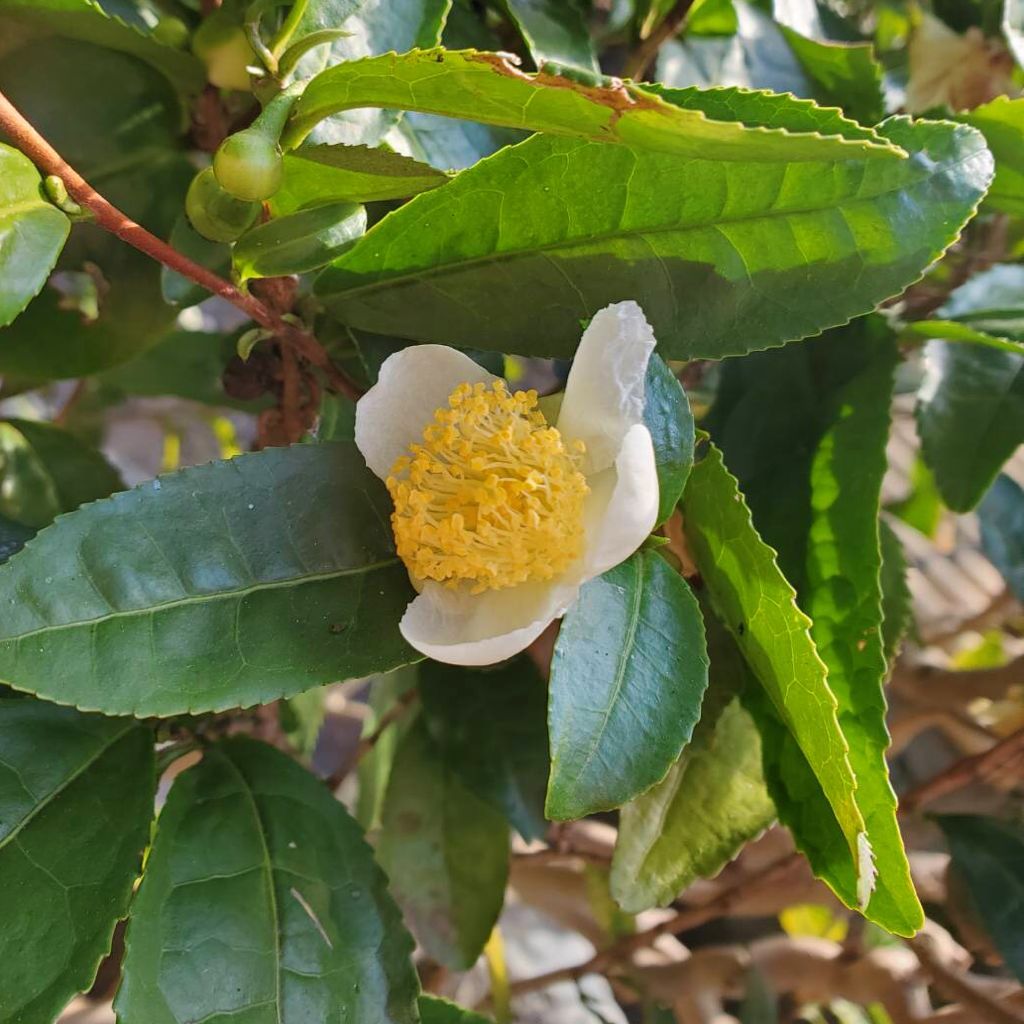
Preparation for New Year
According to the lunar calendar, we start to prepare for New Year from December 13th. The goal is to welcome Toshigami (年神), a God of the Shinto religion, at home on New Year’s day. We clean the whole house: this is called "Susuharai (煤払い)" which means "remove the soot", because Japanese used to have a lot of soot everywhere in the house coming from the use of firewood and charcoals. So they began by removing soot accumulated throughout the year. Nowadays we clean the entire house thoroughly, making it clean to purify the whole house. Like this, the God of Shinto would come to our house to bless us and bring a lot of benefits for the coming year.
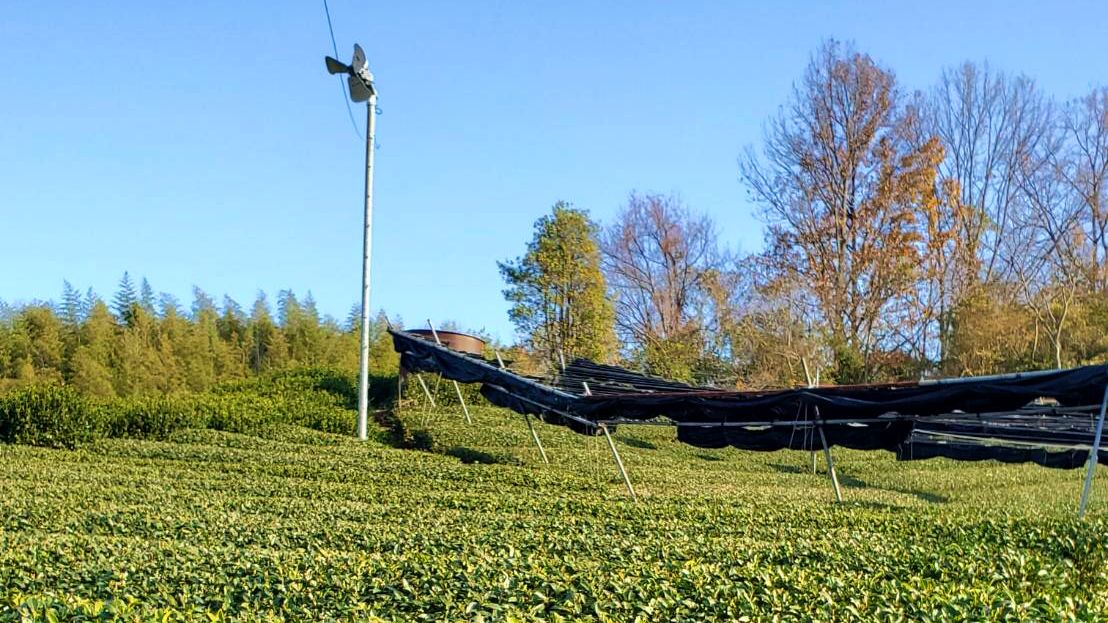
We also prepare year-end gifts, called "Oseibo (お歳暮)", to the persons who benefited us through the year, like customers, bosses in the office, teachers, professors, parents, etc. We mainly give them food like fish or rice as a year-end gift. But it is not limited to food anymore. In Kyoto, we can give a box of fruits jelly "clementine".
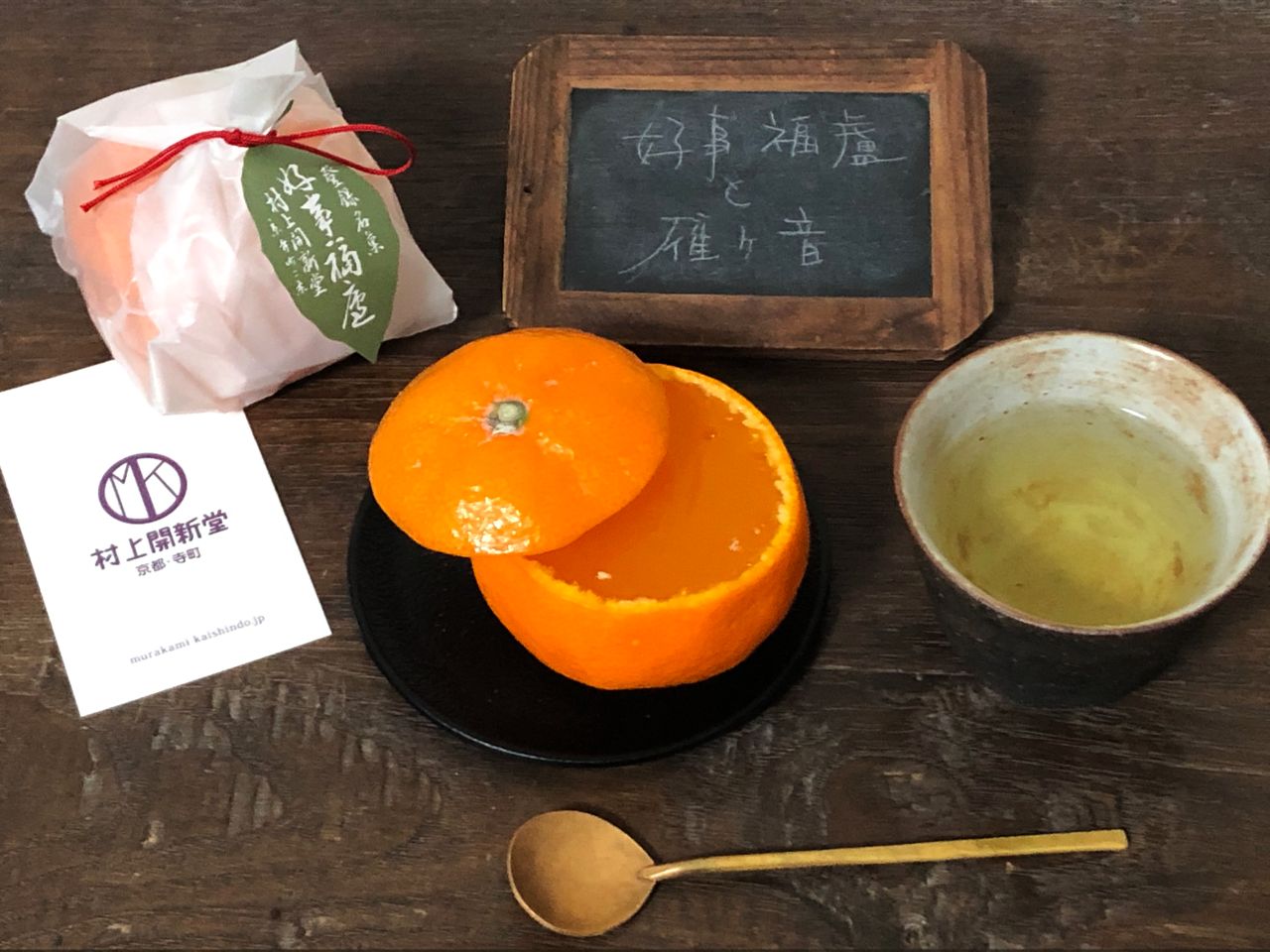
This cake is called "Kozubukuro (好事福盧)", which means a bag filled with good things. We wish you all a very good year 2021 without pandemic.
Brewing Karigane
The amount of tealeaves should be adapted according to the desired taste: it should be around 2 tablespoons (8 to 10 grams) of Karigane for 180ml (6oz) of spring water. The infusion should last around one minute in water at 70 to 85ºC (160 to 185ºF). If you prefer a light/refreshing tea, use water at a high temperature. Or if you prefer a sweet tea, user water at a lower temperature.
If you have questions about Japanese teas, please do not hesitate to contact us!
